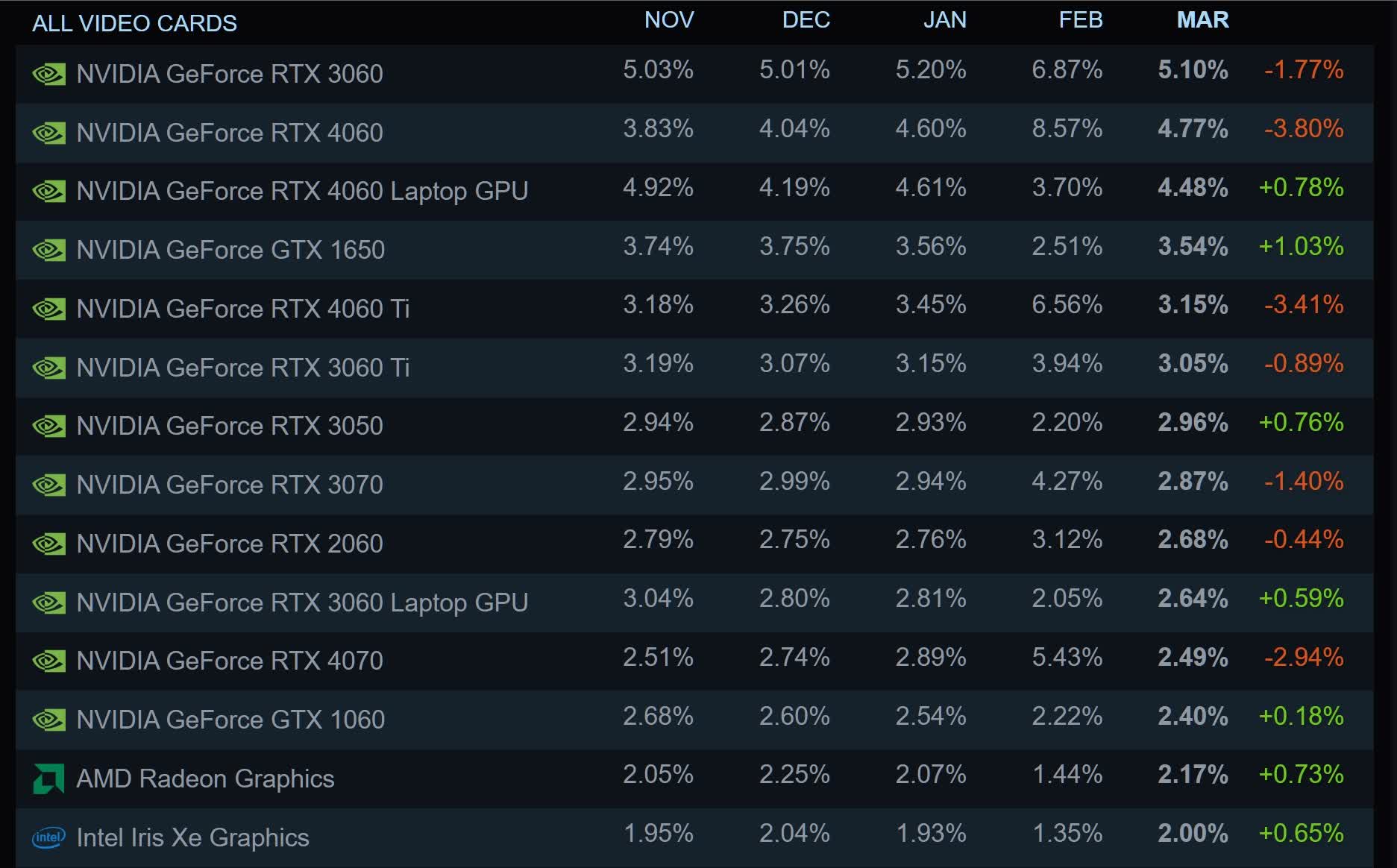
WWW.COMPUTERWEEKLY.COM
Bridging Borders: The rise of Ukrainian-British tech collaboration
The past year has been crucial for Ukrainian-British tech cooperation. As one of the leading IT service exporters, Ukraines presence in the UK has never been stronger, with business ties growing deeper.Recently, the IT Ukraine ssociation (ITU) published a comprehensive report on the state of the Ukrainian tech ecosystem. According to the report, Digital Tiger 2024, the UK has been the second-leading importer of Ukrainian IT services, accounting for 8.8% of total IT service exports (or 439m).As an ambassador for the ITU in the UK, Id like to highlight the key developments of 2024 and the exciting opportunities ahead for both nations tech communities.Its fitting that exactly a year ago, the Ukrainian Tech Forum took place in London. The event focused on strengthening UK-Ukraine cooperation, with a particular emphasis on the role of governments in driving digital transformation and the opportunities this creates.London also hosted the Ukraine Recovery Conference, during which the UK Department for Business and Trade announced the launch of the UK-Ukraine Tech Bridge initiative. Established in collaboration with the Department for Business and Trade (DBT), Ukraines Ministry of Digital Transformation, and the Foreign, Commonwealth & Development Office (FCDO), this initiative aims to connect Ukrainian and British businesses, talent, startups and investors fostering collaboration to develop innovative solutions and accelerate digitisation.This initiative has become a key connector between the British and Ukrainian IT ecosystems, spanning 16 different tech sectors. Throughout 2024, a series of joint workshops were held to develop innovative technological solutions aimed at addressing various industry challenges.In March, the UK-Ukraine Tech Forum, which focused on Bridging British and Ukrainian Tech, took place. The event brought together numerous Ukrainian companies, including IdeaSoft, GeekPay and datrics.ai, to explore new opportunities for collaboration. A good example of such collaboration could be the Ukrainian startup Deus Robotics, which recently secured $3m to expand in the UK market (a seed funding round led by u.ventures and Sigma Software Labs).That same month, a high-level roundtable discussion was held in London, bringing together government officials from both countries alongside business representatives. The discussion focused on cyber security an urgent issue for both Ukraine and the UK, as they rank among the most targeted nations for cyber attacks. The roundtable served as a platform to develop practical strategies for protecting Ukraines critical infrastructure, tackling disinformation and fake news, and highlighting Ukrainian technologies that have the potential to reshape the global cyber security landscape.Last year, Ukraine had a strong presence at London Tech Week 2024. Ukrainian startups, including datrics.ai, Akurateco, Bird, Effy AI, GetOrder, Headway, Metaenga and UGLA ERP, as well as graduates of the 1991 accelerator, were selected to participate in the conference. In total, 20 Ukrainian projects had the opportunity to pitch their products on the London Tech Week stage.Our long-term partner, TechUK, offered all ITU association members the opportunity to join techUK, which in turn boosted the confidence of Ukrainian companies on the British market.Its essential to understand that businesses alone cannot drive trade relations between the two countries; support at the highest levels of government is equally essential. In September 2024, the UK-Ukraine Digital Trade Agreement came into effect. This agreement is designed to make trade between our nations faster, more efficient, and cost-effective. For businesses, it offers a unique opportunity to strengthen cooperation in key areas such as cybersecurity, artificial intelligence and digital services.This agreement goes beyond simply facilitating trade. It aims to foster partnerships and drive digital business transformation in both countries. It also seeks to stimulate innovation in sectors like aviation and finance.In October 2024, two major events further highlighted Ukrainian-British collaboration in the tech sector. The first was the UK-Ukraine TechBridge Cybersecurity Roundtable, which brought together cyber security companies from both nations. The level of digitisation in public services continues to garner significant interest, with our Diia project the state in a smartphone earning admiration not only in Britain but worldwide. Additionally, there has been increasing recognition of the growth in Ukraines defence industry, particularly in defence technology. Several UK-Ukrainian defence tech events were held during the year, further strengthening these ties.Thus, in May, the Ukrainian Drone Defence Forum was held in London to enhance collaboration between Ukrainian and British drone manufacturers and technology firms. The forum aimed to scale up drone and electronic warfare production, a top partnership priority. Later that year, the UK-Ukraine Defence Tech Forum was held to bring together key stakeholders government, technology developers and venture capitalists. The second UK-Ukraine Defence Tech Forum will take place in April 2025.A bit later, the IT Ukraine Association hosted the Tech Unity: UK & Ukraine event in London. This event was part of the Good Governance Funds Business Revitalisation for Sustainable Growth project, funded by the UK governments International Development Department. The gathering brought together government and industry representatives to discuss UK-Ukraine cooperation, with a particular focus on financial technology (fintech) and artificial intelligence (AI).According to Maria Shevchuk, CEO of ITA, Ukrainian innovations in AI, cyber security and fintech hold great potential in the UK. She noted that the tech sector will play a crucial role in Ukraines post-war recovery, and support from UK companies can open doors to international markets and help develop digital infrastructure creating the conditions for sustainable growth in both countries.Since relocating to the UK in 2022 due to the war, Ive been deeply involved in the British tech scene. At Sigma Software Group, I focus on building business relationships and enhancing our reputation. I actively participate in international communities such as London Tech Advocates and London Future Founders, speaking at or attending tech events weekly. This helps me stay connected to the local ecosystem, especially projects focused on Ukrainian-British collaboration.I have to admit, weve never seen as many Ukrainian-British tech events as we did last year. However, the ecosystems of both countries have even more ambitious plans for 2025.I want to end this text by quoting Matt Evans from TechUK, who highlighted the potential of UK and Ukrainian companies to tackle real challenges from resilient energy grids to digital public services and robotics. He emphasised that now is the time to build partnerships and networks to drive transformation and economic growth in both countries.So, lets make these plans a reality. As an ambassador for the ITU in the UK, I eagerly look forward to sharing our progress with the Ukrainian and British communities.Alexandra Govorukha is ambassador of the IT Ukraine Association in the UK.
0 Kommentare
0 Anteile
99 Ansichten












